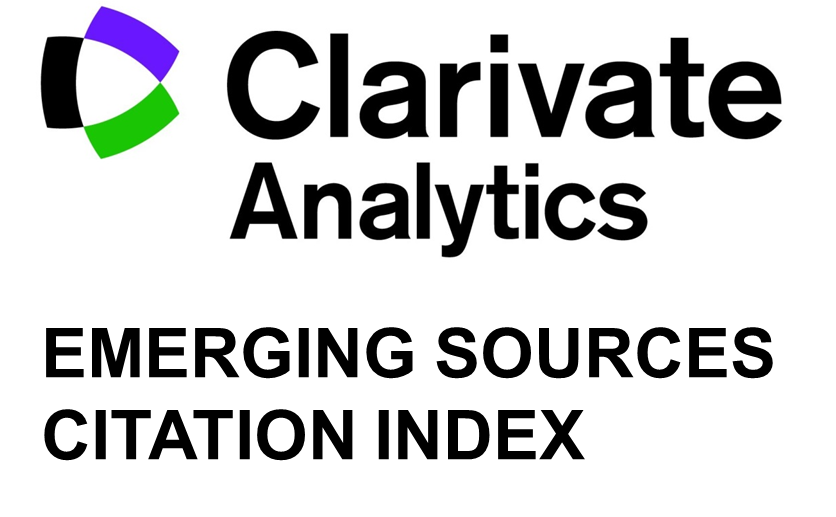The Role of the Software Architect in Agile Development Processes
Keywords:
Software architect, software architecture, agile development processes.Abstract
Software architecture stands as the backbone of any software system, regardless of the methodology it was developed with. The responsibility for the choice of the architectural solution, its design and evaluation in the traditional development process lies in the role of the software architect. Traditional architecture development is based on three architectural phases: architectural analysis, architectural synthesis and architectural evaluation. The highly ceremonial character of the traditional process is also reflected in the role of the software architect, who is responsible for generating numerous architectural artefacts. The proponents of agile development start from the position that an architecture emerges gradually, after every iteration, as a result of continuous code refactoring, rather than from a previously built structure. In accordance with this, agile processes do not contain any of the traditional phases (the analysis, the synthesis and the evaluation) of the architecture development process. Agile processes also have a different view of the responsibility for a developed architectural solution, delegating it to all the members of the agile team. In terms of expanding agile development processes with traditional architecture processes, with the aim of enabling the development of a complex system, the current research and efforts have also identified change in the role of the software architect. This paper aims to describe the modified role of the software architect in agile processes for developing complex software solutions, integrating findings of the existing literature and the results of the conducted empirical research. The empirical research results feature as a part of the research conducted within the doctoral dissertation entitled “The Methodological Framework for Developing the Software Architecture of Business Software in Agile Processes”, submitted at the Faculty of Economics in Subotica of the University in Novi Sad.
Downloads
Published
Issue
Section
License
Copyright (c) 2016 Mirjana Marić, Pere Tumbas

This work is licensed under a Creative Commons Attribution-NonCommercial 4.0 International License.














